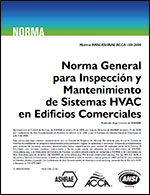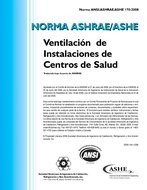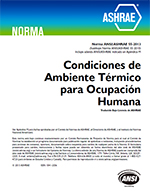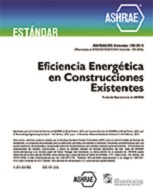Description
Of all building-associated risks in health care facilities, tuberculosis (TB) almost certainly accounts for the greatest morbidity and mortality, reflecting its rank as the world’s single most lethal infection for adults. In the United States, a low-prevalence country for TB, recent outbreaks of drug-resistant disease among caregivers and HIV-infected persons in institutional settings stimulated comprehensive national guidelines to prevent transmission. These included detailed engineering recommendations for TB isolation and procedure rooms, such as ventilation, directional airflow, HEPA filtration, and ultraviolet germicidal irradiation (UVGI). However, current guidelines suggest few interventions to prevent transmission from unsuspected cases who are not in isolation, widely believed to be the greatest source of airborne spread in congregate settings. In high-prevalence countries, institutional TB transmission has only recently been recognized as a serious problem. Extremely limited resources for infection control in high-prevalence countries, as in homeless shelters in the United States, have underscored the need for low-cost methods of air disinfection that are applicable throughout high-risk facilities, not just in isolation rooms. UVGI may be the most cost-effective technology for these and other settings, but additional research and improved engineering guidelines are needed for its optimal application.
Paper from IAQ 1997 — Design, Construction, and Operation of Healthy Buildings: Solutions to Global and Regional Concerns
Citation: IAQ Conference: IAQ 97
Product Details
- Published:
- 1997
- Number of Pages:
- 9
- File Size:
- 1 file , 100 KB
- Product Code(s):
- D-25171




